A bongo drum is a percussion instrument consisting of a pair of small, open-bottomed drums of different sizes attached together. They originated in Cuba and are played by hand, producing a range of tones and rhythms commonly used in Afro-Cuban music and various other musical genres.

The history and origin of the bongo drums
Bongo drums, essential to Afro-Cuban music, originated in Eastern Cuba, evolving from African percussion instruments brought over during the transatlantic slave trade. These drums uniquely combine African rhythms with Spanish influences, becoming a defining part of Cuban music.
Uses for the bongo drum

Bongo drums, with their versatile nature, serve many roles across a broad spectrum of musical genres and cultural contexts. In Afro-Cuban music, they form the rhythmic backbone, providing vibrant, syncopated beats that propel the music forward. From traditional Cuban son and rumba to contemporary salsa and Latin jazz, bongos infuse performances with depth and energy. Beyond Cuban music, bongo drums have specific music styles, including jazz, pop, and world music, showcasing their adaptability and expressive potential.
Bongo drum buying guide
When purchasing bongo drums, it's crucial to consider several factors to ensure the best quality and suitability. Begin by assessing the materials used in construction, prioritizing durable wood for the drum shells and high-quality animal skin for the drumheads. Next, consider the size and weight of the bongos, aiming for a design that is not only comfortable but also ergonomic. Then, test the sound and resonance of the drums to ensure they produce the desired tone and volume. Finally, factor in your budget and intended use, balancing affordability and quality to find the perfect bongo drums for your needs.
Where to buy a bongo drum?
Investing in bongo drums offers a versatile sound suitable for various music styles, including Latin and jazz. Playing bongos fosters creativity, enhances rhythmic skills, and provides a portable, easy-to-set-up option for solo or group performances, making them a valuable addition to any musician's collection. Purchase a Bongo Drum here.
Frequently Asked Questions
What is it used for?
Bongos are commonly used in son cubano and salsa bands, where they join other drums like congas and timbales in the rhythm section. The person who plays the bongos is called the "bongosero" and usually plays a steady beat known as "martillo."
Are Bongo Drums easy to play?
Bongos are both fun and easy to play. You usually place them between your knees and hit the drumhead with your palm and fingers. Different strokes create different sounds.
What genre is bongo drums?
Bongos, also known as bongo drums, are at the core of Afro-Cuban music, blending two rich drumming traditions. They're widely recognized hand drums, crucial to both Latin and jazz music scenes.
Why are they called bongo drums?
Some ethnomusicologists suggest that the word "bongo" may have its roots in Bantu languages, specifically from words like "ngoma" or "mgombo," both meaning drum. The bongo's earliest musical connections trace back to the Eastern provinces of Cuba, where it played a central role in genres like Changüi and Son, serving as the primary percussion instrument.

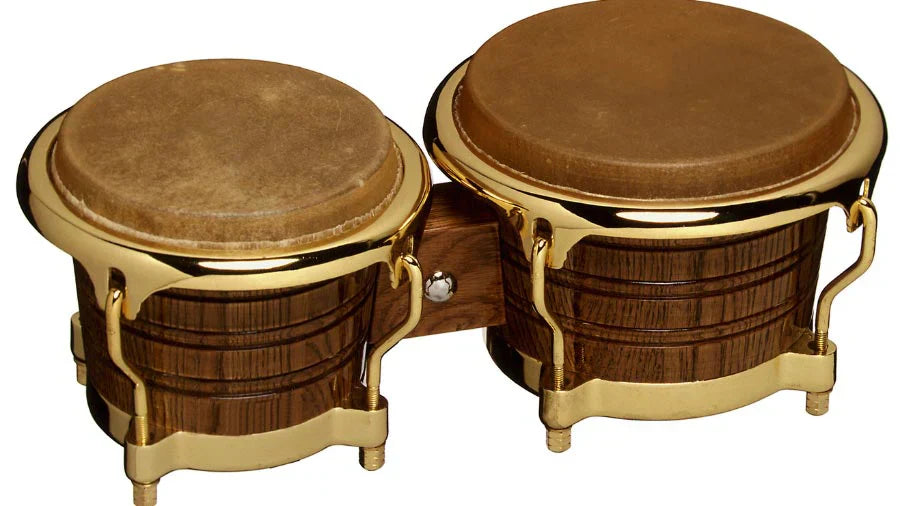
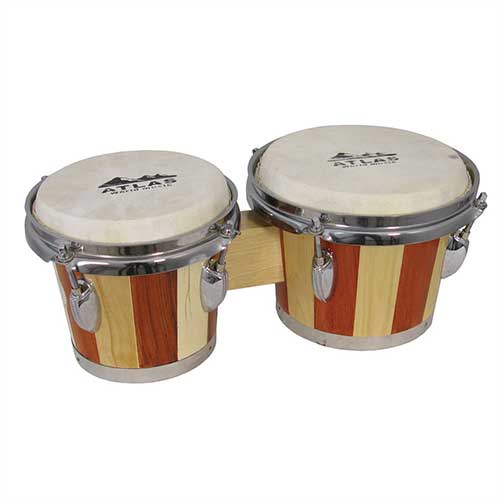


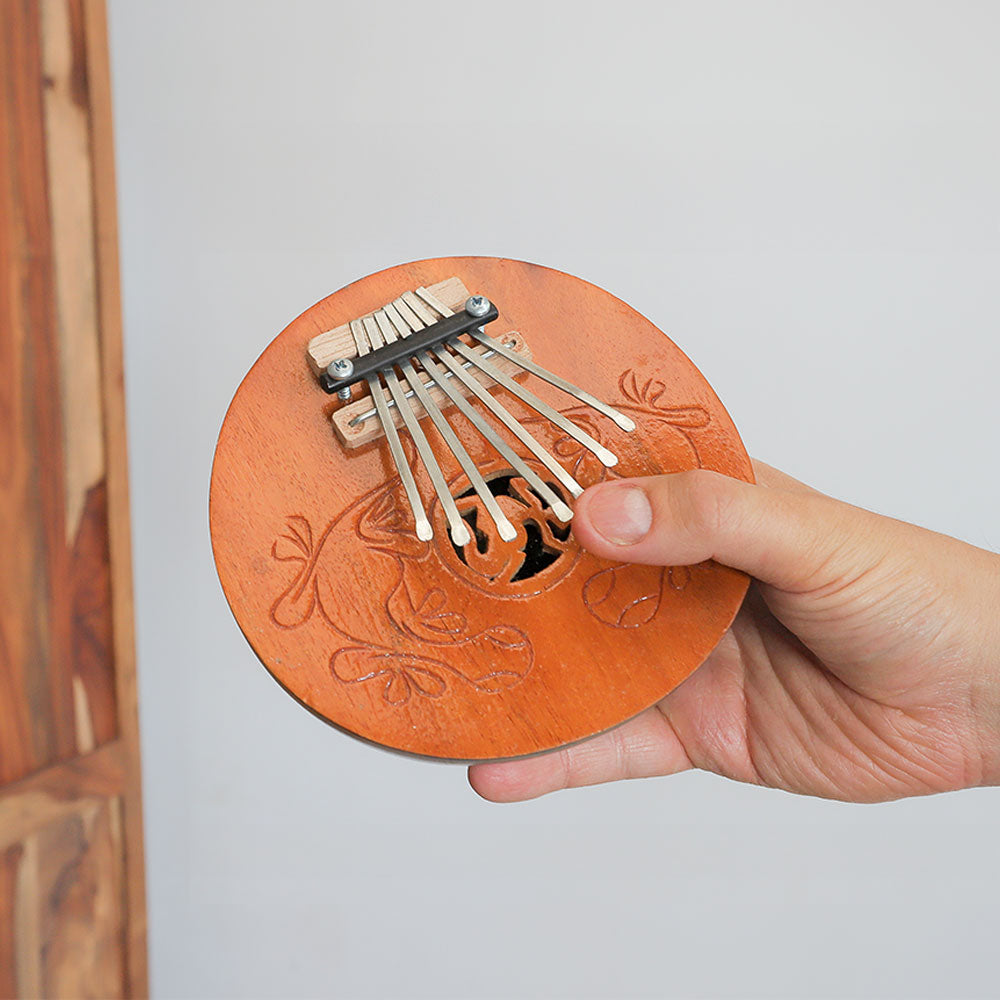
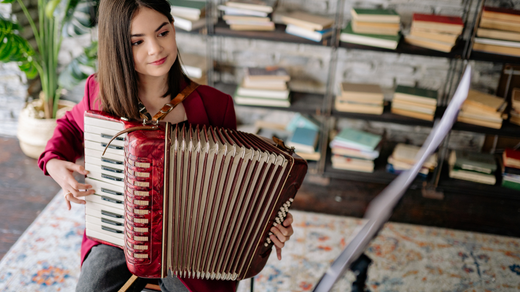
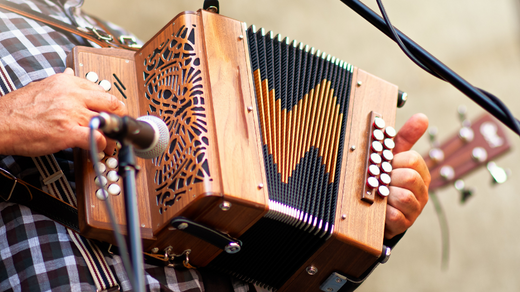
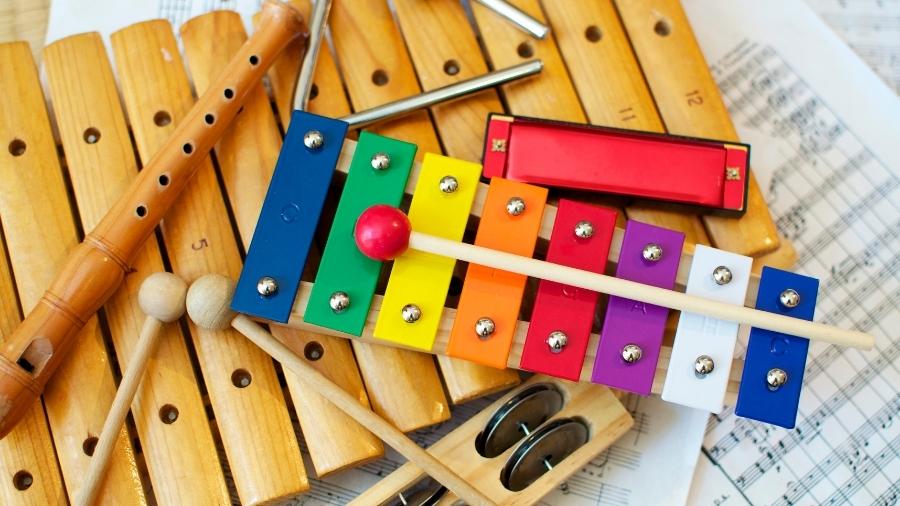
1 comment
Mohan
Thank you for the article. I have a query: The basic rhythm for bongos is ‘martillo’. How many variations are there in playing bongo drums?